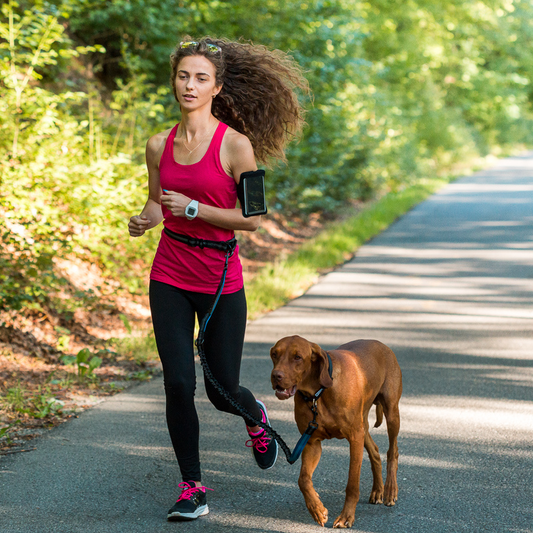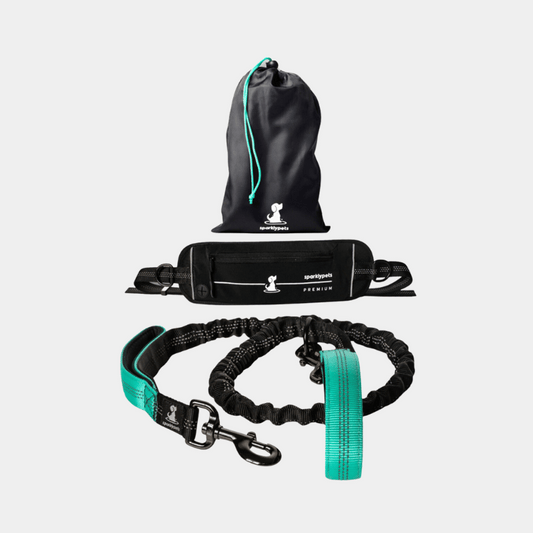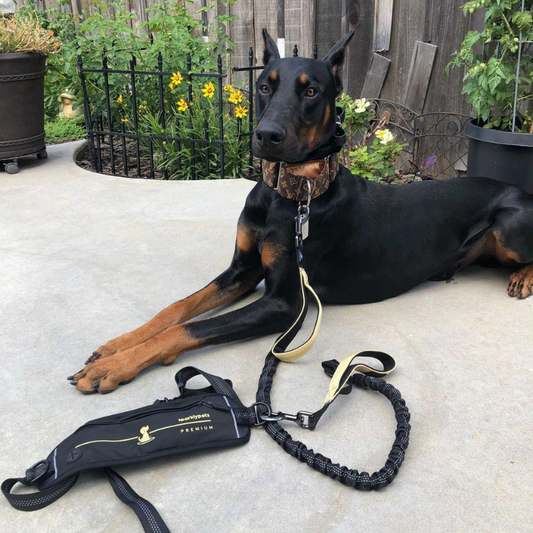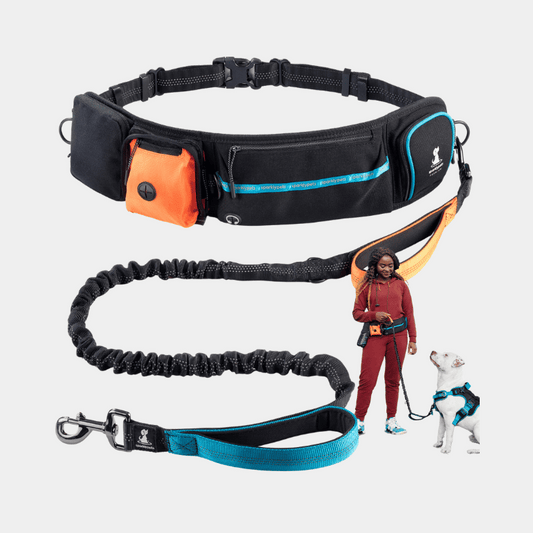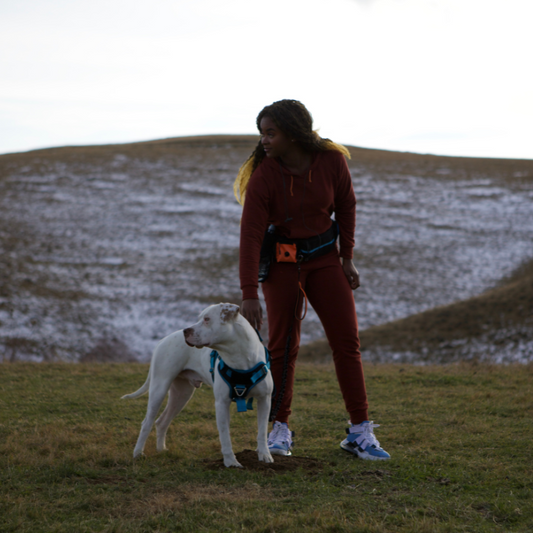There are many methods of dog training. Some are based on a rewards and positive reinforcement method, others based on punishments and corrections. As with any dilemma, there are points to be made on both methods. But how do you know which is the best one to use? Continue reading this article to see what are the benefits and consequences of each of these methods, and choose which is the best method to use when training your dog.
Rewards-based methods
Training your dog is easier when you are able to communicate what your desired behavior is. You do that, by rewarding your dog whenever it does what you want it to do. For instance, you offer your dog a treat, every time they sit on command.
Positive training works on the idea of rewarding desired behaviors (like when your dog does something on command) with praises, treats, and other incentives, while non desired behaviors simply don’t get the treat. This method will promote learning that specific behavior (i.e. the desired one) will provide rewards, so the dog will be more likely to do the same behavior again, being motivated by rewards. Once the pattern gets established, the behavior will become second nature.
Research indicates that you can get faster results in training your dog when you are using positive reinforcements. It also shows dogs that get rewards for their behavior are more likely to be obedient in the long run (so they will cause fewer issues) and also makes the dog happier.
All of this is to say that when your dog is chewing on your show, and you want to stop him, the best way to go about it is to give him something more desirable, that he’s allowed to chew on, and take the shoe away. In doing so, you communicate to your dog that it’s not the behavior that’s an issue, but rather the chewed object.
On the other hand, treats and rewards can be viewed as bribery for the expected behavior, so let’s take a look at what punishment-based methods do.

Punishment based methods
You can think of this as the opposite of rewards-based methods, as it is meant to inhibit undesired behaviors. For example, when your dog pulls on the leash and you make the leash shorter so that you can control him better.
Punishments don’t need to be harsh to be effective. In fact, they can be as simple as a leash jerk, or a yell. However, these activate different parts of dog behaviors than rewards. That’s because this type of training is usually based on fears. When your dog chews on your shoe and you roll up a newspaper to slap him a bit, in order to discourage the chewing, your dog becomes fearful of that. The problem with this is that it’s a behavioral pattern that can lead to aggressive behavior or anxiety in dogs, caused by fear.
Research indicates that punishment-based behavior in dog training will cause more problems in the long run, as your dog might develop stress/anxiety borne illnesses or other behaviors that are considered as bad or worse. These dogs are also noticeably less attached to their owners and more fearful, but also have a tendency to become more aggressive, quicker.
The bottom line
So how do you know if you should use treats or punishment for your dog’s training? Well, our advice is that you look at the behavior. See what is causing it, and see if it’s something you want to inhibit (like barking all day) or something you want to correct (like peeing indoors). If it’s the first one, you can use something like a no shock bark collar, meant to get your dog to learn that they are not supposed to do that. If it’s the latter, maybe treats will work best in reinforcing the behavior you do want (i.e. peeing outside).
In the end, positive reinforcement will always help you reap more benefits from your dog, while also making sure your pup is happier in the long run. That being said, it’s best to make sure you evaluate things on your own, based on your needs and on those of your dog. And, whenever in doubt, we recommend you get in touch with a dog behaviorist or dog trainer who will walk you through all you need to know to effectively train your dog.



